36.4 megapixel recording sensor without low-pass filter for high image sharpness
The PENTAX K-1 Mark II uses a 35.9 x 24 mm full-frame sensor with an effective resolution of 36.4 megapixels. In addition to a high dynamic range, it offers characteristics that are considered by experts to be very comparable to analog photography.
The sensor design does without an AA (Anti Aliasing) filter in order to achieve maximum image sharpness. The combination of the PENTAX Prime IV image processor and the accelerator unit
, which is new in the PENTAX K-1 Mark II, ensures not only high processing speed but also optimized image processing. This becomes especially important for maintaining good quality and low noise at high sensitivities.
With a sensitivity range of ISO 100 - ISO 819200 (ISO 100 - ISO 25600 for video) the PENTAX K-1 Mark II sets new standards in this class.
Even if the maximum value is rarely used, this sensitivity range, which is unique in the class, offers a significant expansion of possibilities and makes photography a bit more independent.
Image stabilization
The positioning or stabilization of the sensor unit takes place in five axes, for sensor rotation, horizontal and vertical shift, as well as a horizontal and a vertical tilt.
Dragging caused by camera panning is detected and the stabilization in the panning direction is switched off.
In total, this results in an exposure margin of up to five exposure levels. The combination of a wide exposure latitude and high sensitivity of up to ISO 819,200 opens up completely new design and application possibilities.
A major advantage of the body-integrated image stabilization is the option to use old lenses with K bayonet or with adapter.
This meets the current trend of getting out the old analog equipment again and creating images with a nostalgic image look.
Pixel Shift Resolution II
Due to their design, conventional cameras have to interpolate missing RGB color information from the sensor, as this is not captured by all pixels of the sensor.
With the further developed "Pixel Shift Resolution II", all 36.4 megapixels become image effective, resulting in significantly higher sharpness and more accurate color reproduction as well as significantly lower image noise.
In the previous feature, the use of a tripod was recommended to obtain four equal exposures, per the electronic shutter. With the PENTAX K-1 Mark II and the additional "Pixel Shift Handheld" function
, unlike the previous model, a tripod is no longer necessarily required. The shutter is released four times and the images of this series are calculated into one image in the camera.
The integrated image stabilization is fully available for this function.The image quality of this freehand method reaches about 70% of the classic function.
Innovative AA Filter Simulator
In the PENTAX K-1 Mark II, as in other PENTAX models, the use of a low-pass filter is omitted in order to achieve higher sharpness performance.
If certain subjects lead to the well-known moiré effects, the low-pass filter simulation can be switched on if required. For this purpose, the sensor unit is set into micro-vibrations to achieve minimal blurring.
Two adjustable levels and a bracketing function ensure adaptation to the corresponding shooting situation.
Sensor shift for special shooting situations
The sensor can be individually aligned horizontally and vertically in 24 steps each (1.5 mm in total) using "image framing adjustment", or by +/- 1° using horizon correction.
Thus, a slight shift or fine adjustment is possible when aligning the camera from a tripod. In addition, the horizon correction can also be performed automatically.
The movable sensor is also used for the integrated astrotracer. For long-duration astrophotography, Earth rotation is compensated by moving the sensor so that stars are imaged as solid points instead of blurred streaks.
SAFOX XII autofocus system
As with the PENTAX K-1, the PENTAX K-1 Mark II uses the SAFOX XII autofocus system. The 33 measuring fields (25 of which are cross sensors) cover the central area of the viewfinder.
If you want to be really precise, you can use the focusing via the monitor with up to 3,445 measuring points. In contrast to the previous model, the AF speed of the PENTAX K-1 Mark II has been improved.
The same technology is now used here that already ensures fast focusing in the PENTAX KP.
Here, the algorithms have been improved in conjunction with the PENTAX real-time analysis system for autofocus tracking, focus speed, and focusing accuracy.
An important point of the autofocus system is the light sensitivity. For example, the working range starts at a light value of EV -3. For this purpose, three sensors in the center are designed to focus perfectly even with lenses as fast as F2.8.
Optical reflex prism viewfinder
The glass prism viewfinder displays a 100% viewfinder image with 0.7x imaging. The bright "Natural Bright Matt III" viewfinder screen offers numerous options for superimposing information in the viewfinder.
For example, a spirit level for horizontal and vertical alignment or a grid matte screen can be displayed if desired. All shooting-related data is displayed below the viewfinder image.
Unique rotating and folding monitor with four special joints
The 3.2" monitor with a resolution of 1,037 million pixels has an exceptionally stable design and can be folded up 90° and down 45° by means of four special joints, as well as rotated 35° to the sides.
A special feature of this design is that the monitor remains in the optical axis. This simplifies the work, e.g. with macro photography, considerably.
For good visibility of the monitor image in bright light, a special resin has been inserted between the monitor layers, which reduces reflections many times over.
This "Air Gapless" technology and the option to change the brightness make the monitor an excellent control tool in any situation - be it with Live View when selecting the subject or for checking the finished image.
A red display illumination can be switched on especially for night shots.
In keeping with the camera's outdoor concept, the monitor glass is specially hardened to protect it from scratches.
In the combination of prism viewfinder and display, the PENTAX K-1 Mark II offers the photographer the optimal image composition options according to the situation.
Intelligent real-time analysis system
The 86,000-pixel RGB sensor for exposure metering, in conjunction with the PENTAX Prime IV image processor, offers the option of the real-time analysis system.
This measures and analyzes brightness distribution, colors and movements to determine the correct exposure values.
Artificial intelligence enables the system to learn and take into account individual corrections made to comparable scenes in the future. But the classic exposure programs are also available.
In addition to the semi-automatic functions, program automatic with individualizable program curves can be selected.
Stable shutter design for high-speed shooting
The shutter unit in the PENTAX K-1 Mark II enables the compact design while meeting the highest demands for durability and functionality.
Damping modules mitigate mirror shake and ensure high accuracy and low vibration up to a shutter speed of 1/8,000 sec - for far more than the 300,000 shots tested.
The PENTAX K-1 Mark II offers shooting sequences up to 4.4 frames per second at full resolution and up to 6.4 frames per second at the lower resolution APS-C format.
The maximum capacity of a sequence in the 35 mm format is 70 JPEG shots or 17 images in RAW format. With the smaller format, up to 100 JPEG and 50 RAW shots are possible.
Unique operation
When asked about the uniqueness of the PENTAX K-1 Mark II, there are several answers.
The most obvious, and one of the most important for the dedicated photographer, is the operation of the camera. "Operability" or "User Interface" are the most important keywords here, along with "Analog" and "Classic Operation".
As soon as you pick up the camera, you quickly become familiar with the basic functions. One dial each for time and aperture, a status monitor on the top of the housing and a large monitor on the back are the cornerstones of operation here.
The function dial with the "Smart Function", proven by the PENTAX K-1, controls important and frequently used functions. For example, light value correction is possible directly via the dial.
But functions such as bracketing, format switching or activation of Wi-Fi can also be accessed directly here.
Pressing the rear INFO button brings up the quick menu on the rear display. Many functions can also be controlled quickly here by turning a dial, and without having to dive into the menu.
And since every photographer has his or her own habits and preferences, the camera can be customized in many places. The functions in the quick menu can be changed
as well as the assignment of the front and rear dials or the function of various buttons. Five user memories round off the customization function.
In addition to ease of use, clarity is also very important. Thus, a unique light concept provides light in the dark. Four LEDs on the back of the monitor or the new "Night Vision" illumination (red) illuminate the control panel as needed.
Additional lamps on the bayonet mount, in the SD card compartment or in the cable release socket improve operation in the dark. The display illumination can also be dimmed down for a dark environment and boosted for bright sunlight.
Easy and safe operation, which also includes a stable and ergonomic posture of the camera even with heavy and long focal length lenses, is a central part of the PENTAX camera concept.
The roughened grip and also the optionally available battery grip provide a secure and balanced hold.
ISO Auto, which was originally first used in PENTAX cameras, has now become a standard feature in many cameras.
In the PENTAX K-1 Mark II, this finds special significance due to the wide usable ISO range. It thus becomes not only the "last option" in exposure setting, but a valuable support when specific time/aperture combinations are required.
Compact and stable housing - weatherproof and dustproof
Reliability is one of the most important demands on a camera. It has to work when it is needed, even in harsh climates down to -10°C and 85% humidity.
Most cameras have to stay better in the bag or with the often annoying protective covers. With the PENTAX K-1 Mark II, 87 seals on the camera provide reliable splash water and dust protection.
The body construction of metal chassis and an aluminum alloy body give the necessary stability when the camera is used in tough conditions.
And the new shutter with "floating construction" gives the security of at least 300,000 releases.
The combination of housing design, which is characterized by the TTL prism, and a classic way of working, allows absolute concentration on the subject without having to take the camera away from the eye.
Many photographers do not want to program a computer, but increasingly remember a simple, intuitive and analog operation.
In many cases they prefer to shoot "by hand" and want the camera to look and function just like its analog predecessors. And so the PENTAX K-1 Mark II is perhaps the most analog camera among the digital SLRs.
Integrated wireless LAN function
The WLAN module of the PENTAX K-1 Mark II enables a direct connection to the new ImageSync 2.0 app on a smartphone or tablet to enable image transfer or remote camera control.
In addition to the selection of various camera settings, Live View is of course also available. The new ImageSync 2.0 app ensures simple and intuitive handling.
Built-in GPS module and Astrotracer function
Recording the shooting location makes later archiving particularly easy. In addition, the GPS function also offers the possibility to record tours,
in order to use them with programs such as Google World. In combination with the movable sensor, the Astrotracer function offers compensation of the earth's rotation for astrophotography up to approx. 30 minutes.
Individual image composition using various shooting set ups and filters
With the PENTAX K-1 Mark II, shooting starts with "film selection". The basic image characteristics are selected according to the subjects.
From "Luminous" to "Portrait", "Reversal Film" to "Black & White", 12 presets can be selected that mimic the look and feel of various classic films.
Each of these basic presets can be additionally modified to individually adjust color, contrast or sharpness, for example. In addition, nine different filters are already available for recording,
for post-processing there are 21 filters with 44 setting parameters and over 200 options.
Furthermore, it is possible to develop the 14-bit RAW images directly in the camera. In addition to adjusting many shooting parameters, the filters can also be used here. The images can then be saved as TIFF or JPEG files.
Full HD video recording
The PENTAX K-1 Mark II allows you to record video clips in full HD resolution (1,920 x 1,080 pixels, 60i / 30p frame rate) in H.264 recording format.
Audio is recorded from the built-in stereo microphone (or a separately available external microphone). The recording level can be monitored manually via an integrated headphone jack.
For special effects, the PENTAX K-1 Mark II offers the Interval Movie function. This records short movie clips in the interval function and combines them into a time-lapse movie in 4K resolution (3,840 x 2,160 pixels).
A number of recording filters are also available for video recordings.
Lens compatibility
With the introduction of the PENTAX K-1, many photographers have rediscovered good old lenses, as the image look of many analog lenses expands the creative scope.
Even though all lenses with PENTAX K bayonet or via adapter can be used, lenses from the FA series onwards optimally support the camera's functions.
Especially the three fixed focal lengths of the Limited Edition series (smc FA 31 mm, smc FA 43 mm and smc FA 77 mm) are designed for highest demands.
The high optical performance and high-quality workmanship make these lenses jewels in the system.
The DFA bayonet was introduced together with the PENTAX K-1. From the smc DFA 15-30 mm to the smc DFA 150-450 mm, 5 lenses of the latest generation
and a total of 12 lenses for a focal length range of 15 - 450 mm are available.
Of course, the lenses of the APS-C series can also be used. The camera recognizes these and automatically switches the shooting format.
Switching between the formats can also be done manually. This allows the photographer to decide for himself whether he wants to use possibly existing lenses for the APS-C format with the utilization of the complete sensor.
For example, the smc DA* 55 mm or the smc DA 60-250 mm can also utilize the complete sensor with minimal vignetting.
Pentax HD FA 24-70 mm f2.8 ED SDM WR
Get great imaging performance for your photo and video shoots with this standard wide-angle zoom from Pentax. The lens comes with a focal length of 24 to 70 mm and is particularly fast thanks to an aperture of F2.8. 17 lens elements arranged in 12 groups include three ED lenses, one anomalous dispersion lens and three aspherical lenses, making outstanding images possible.
This ensures that even the finest details are reproduced and chromatic aberrations are minimized. A wide variety of applications can be served and thanks to the weatherproof construction, the Pentax lens can also be used outdoors. You can focus quickly, quietly and reliably thanks to "Supersonic Direct Drive Motor". The HD coating on the lenses ensures optimal light transmission and reflections are minimized.
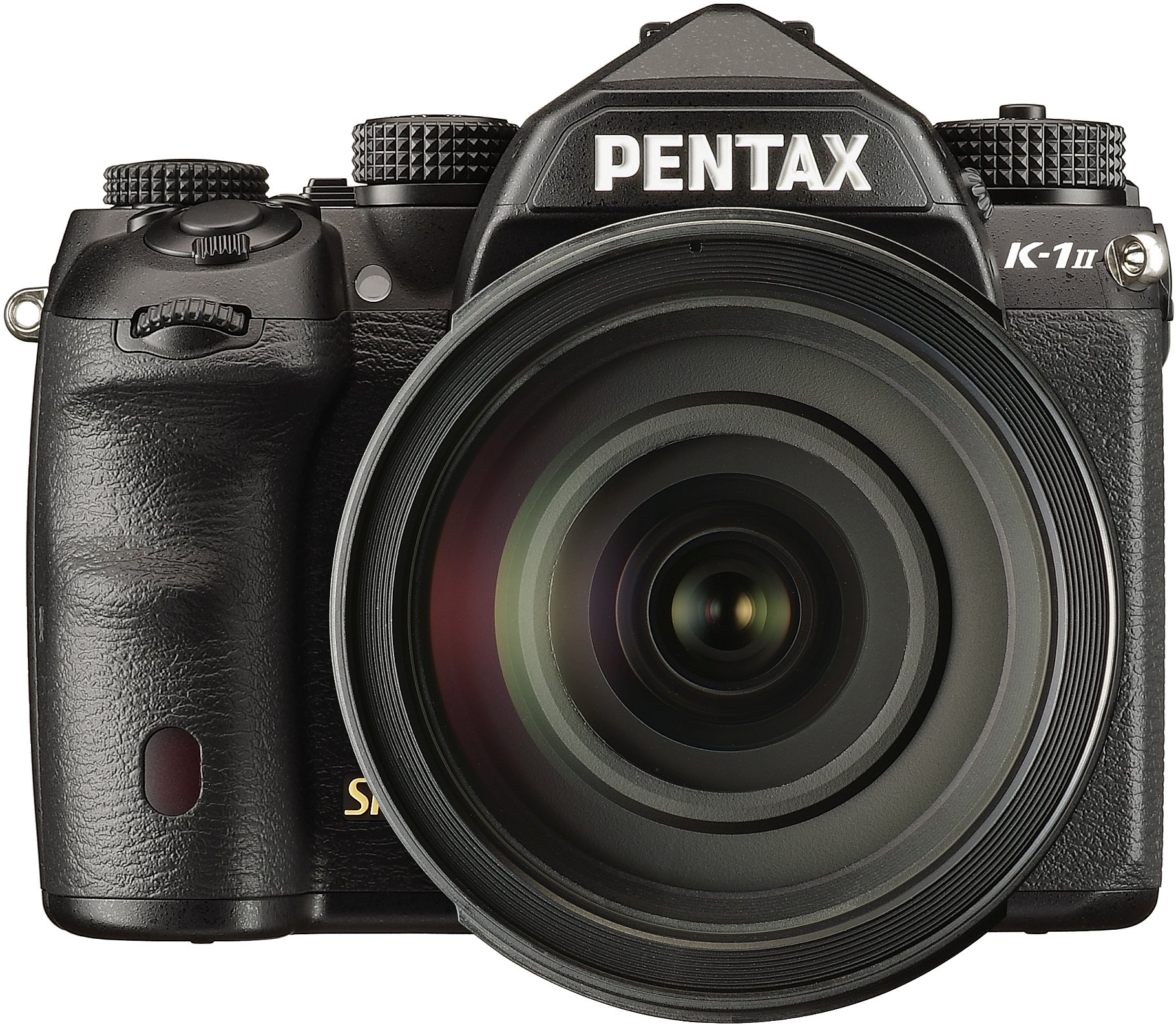
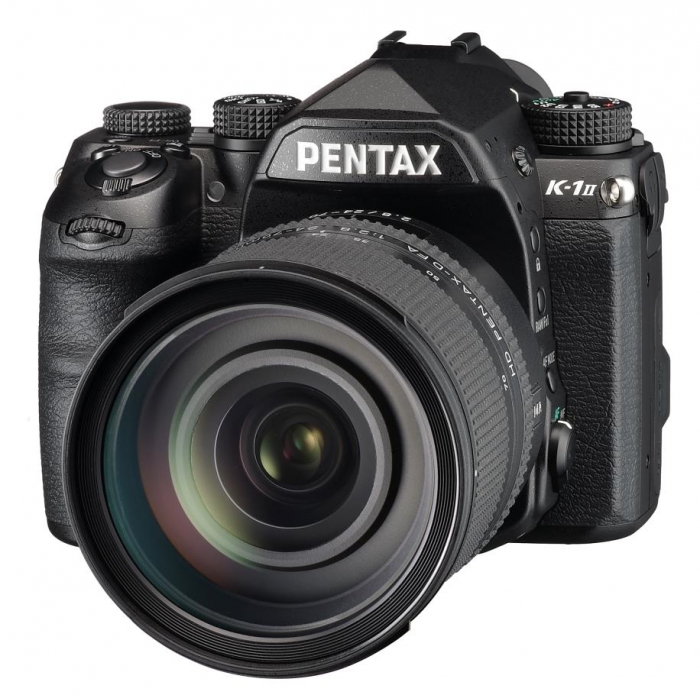
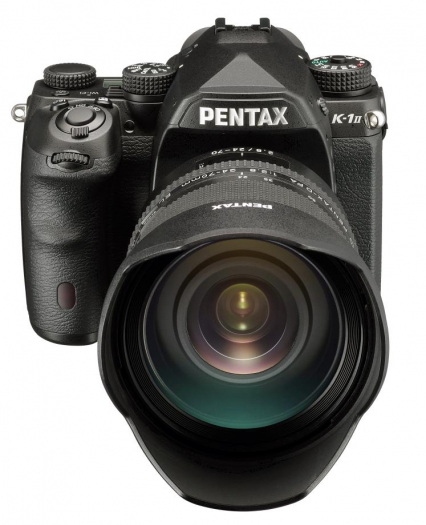

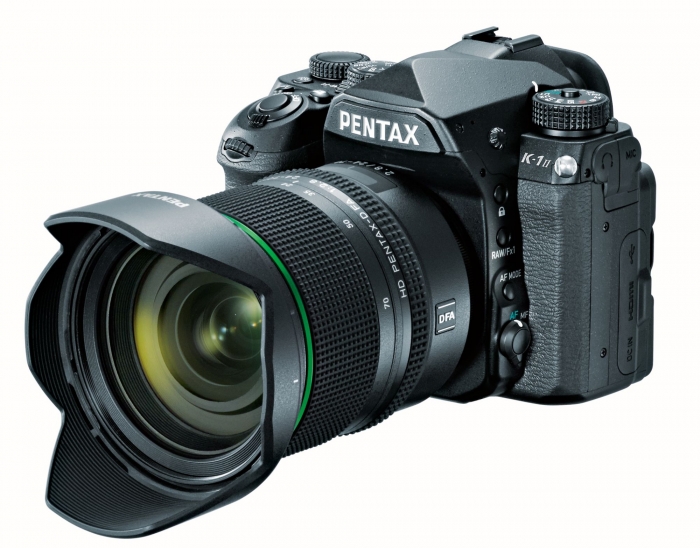
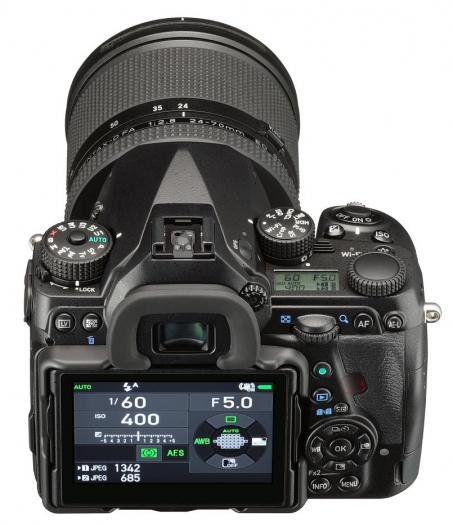
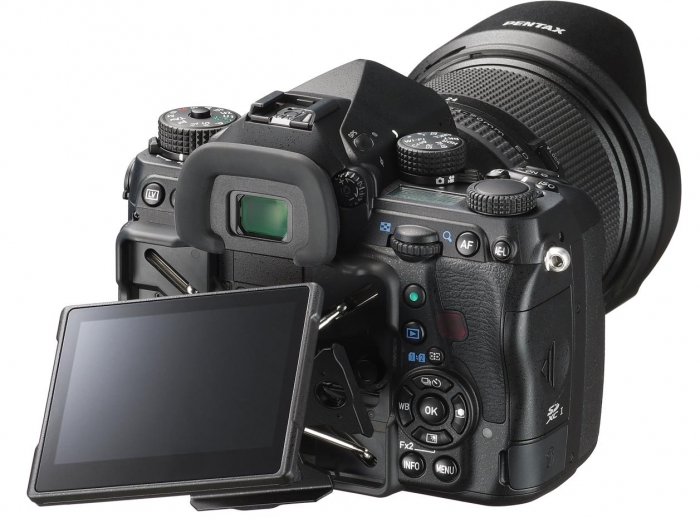
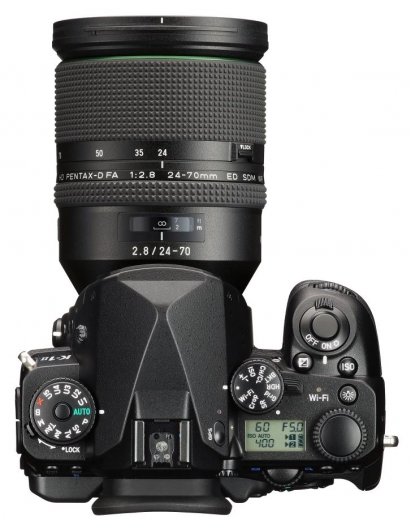

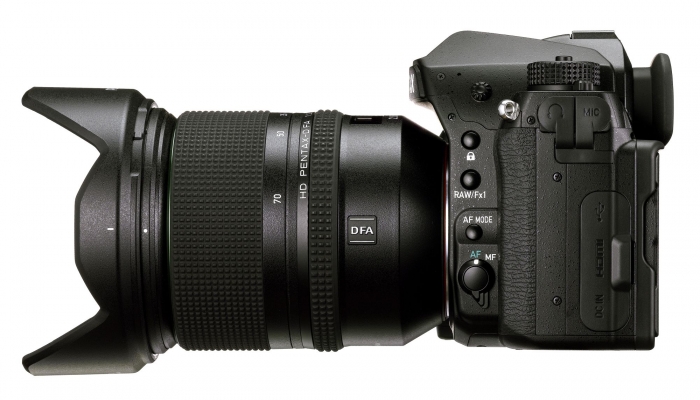
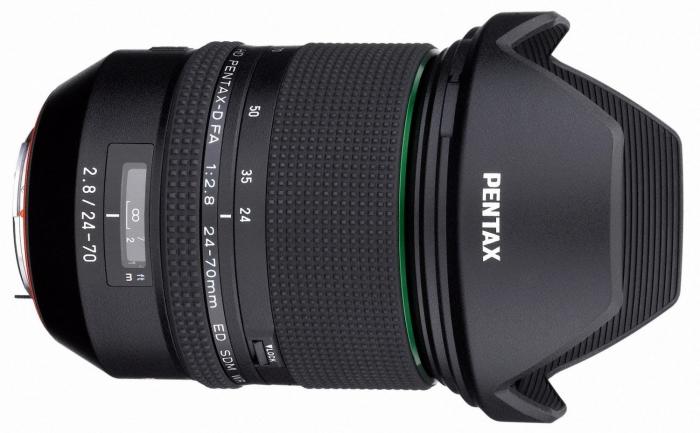
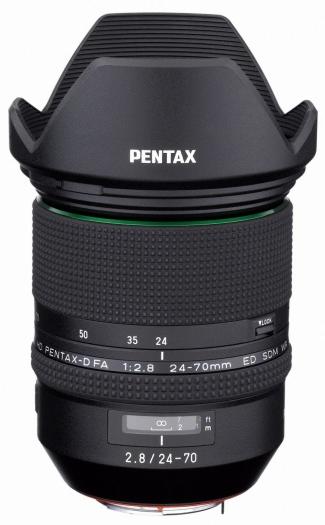
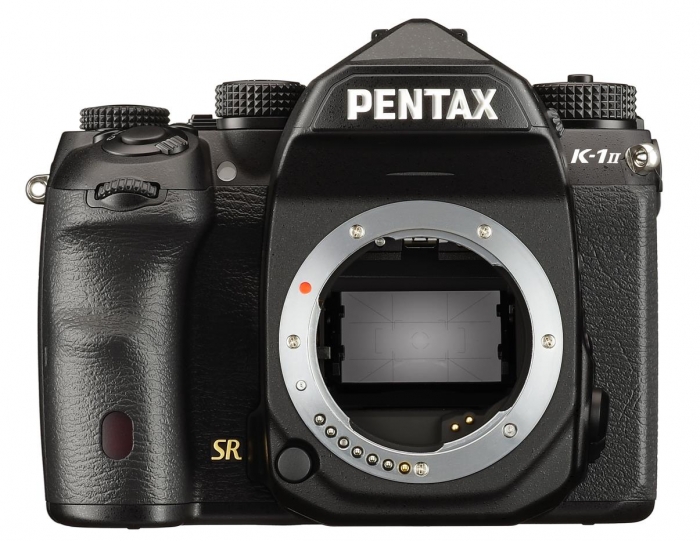

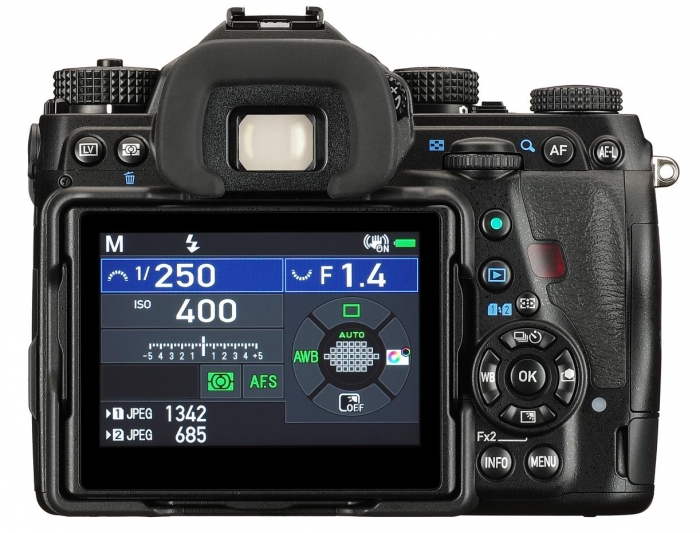

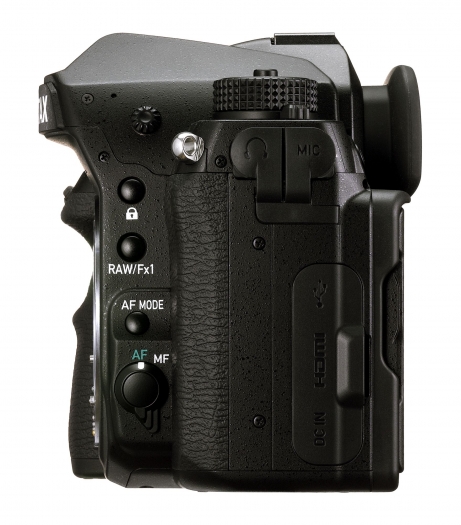
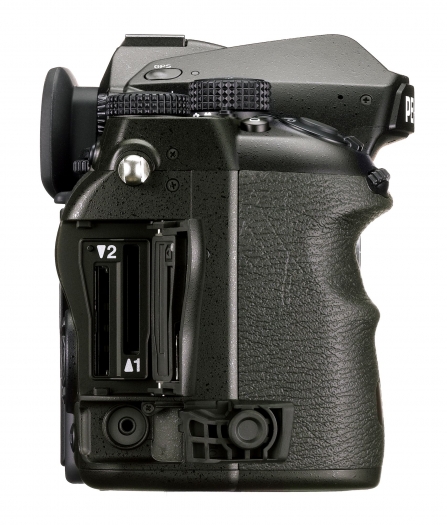
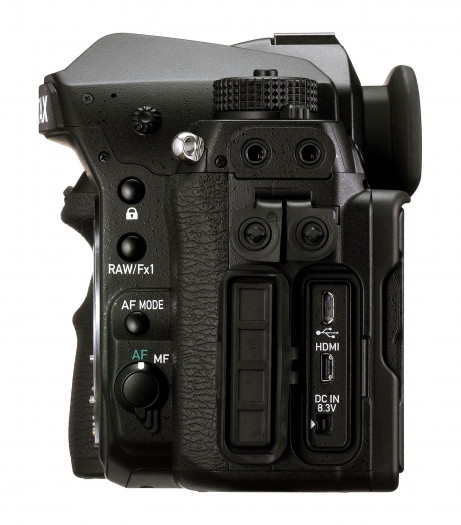
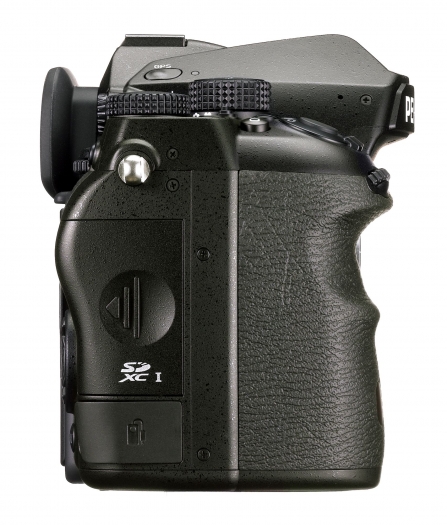
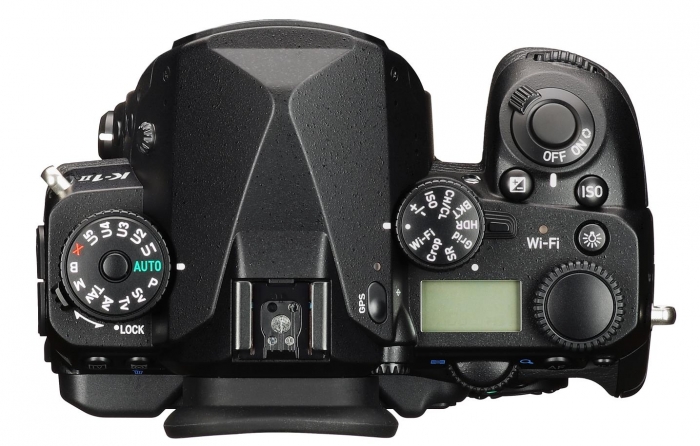
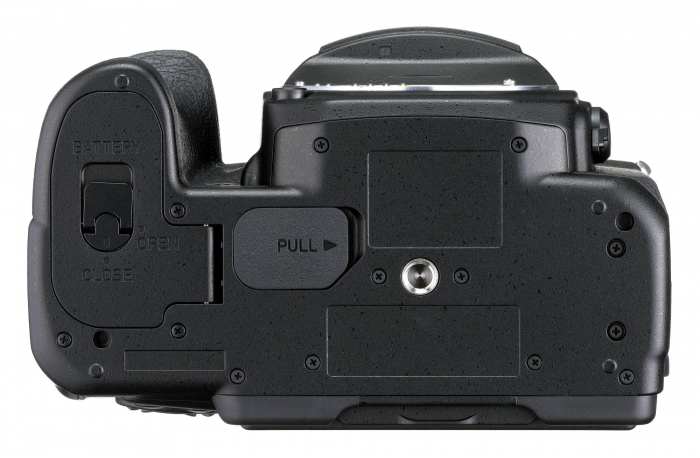

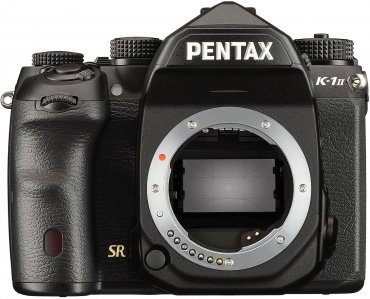

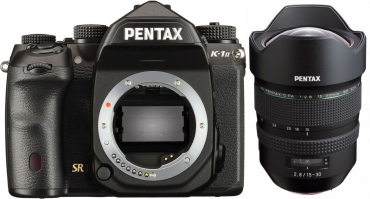

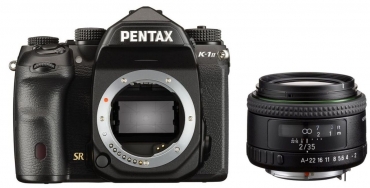

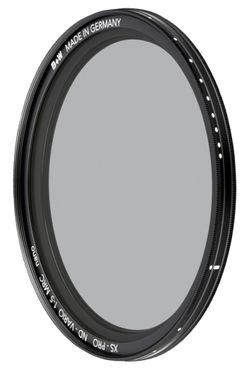

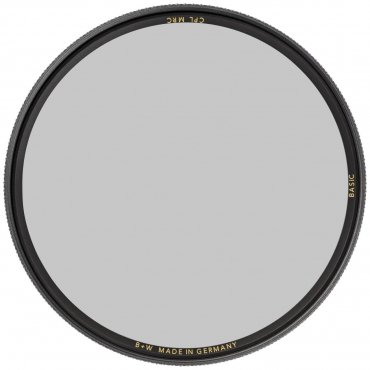


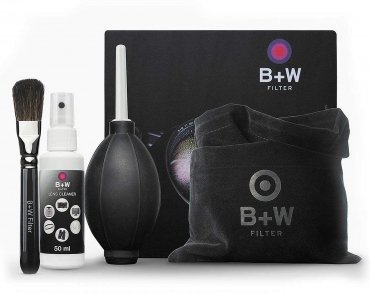
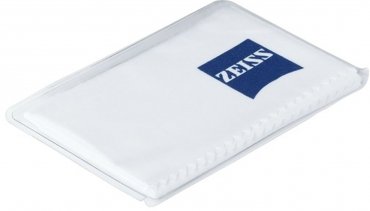








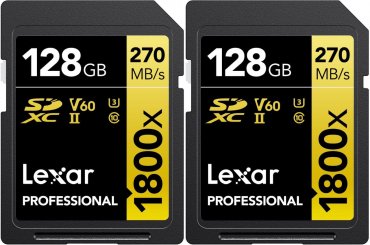
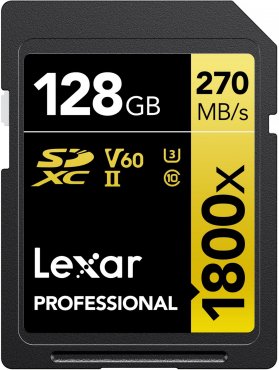
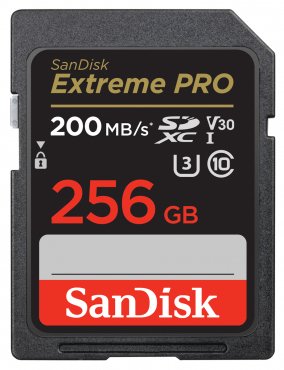
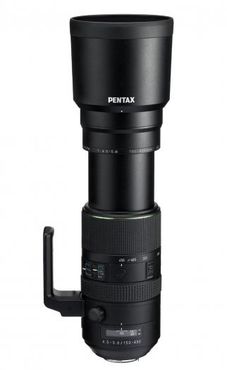
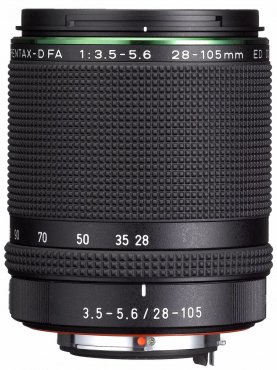
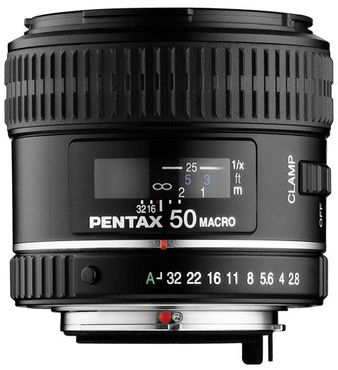
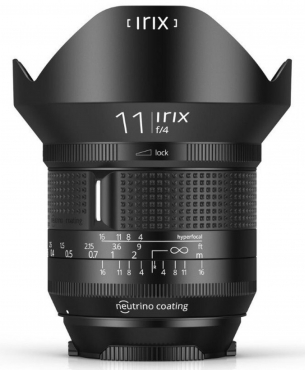
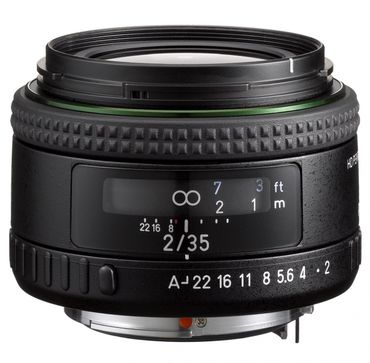
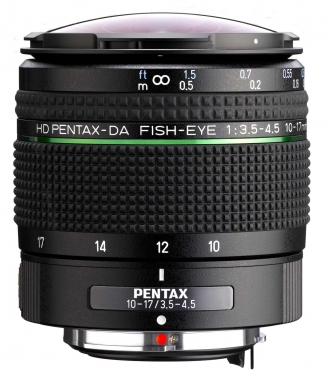
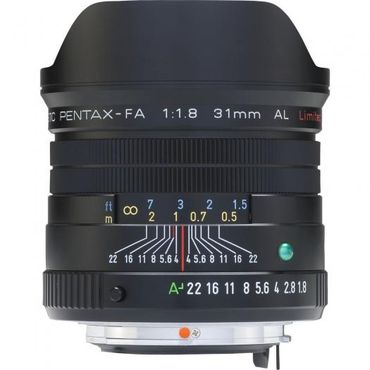
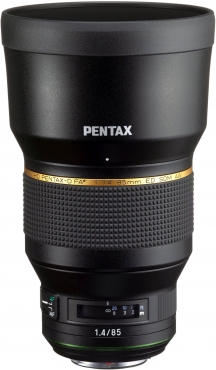
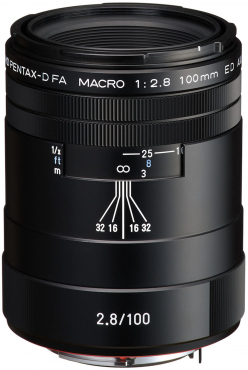
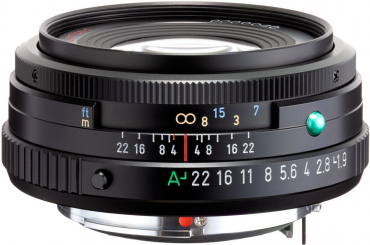
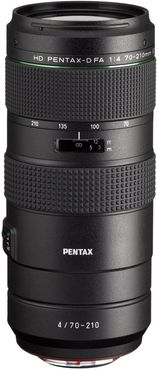
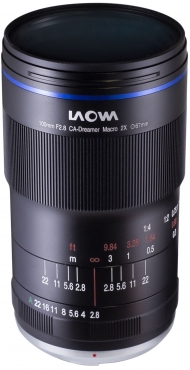

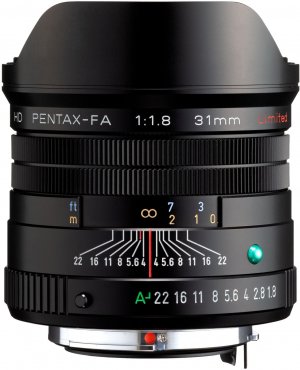

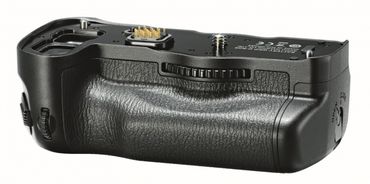

Simply subscribe and benefit as a newsletter recipient every week: